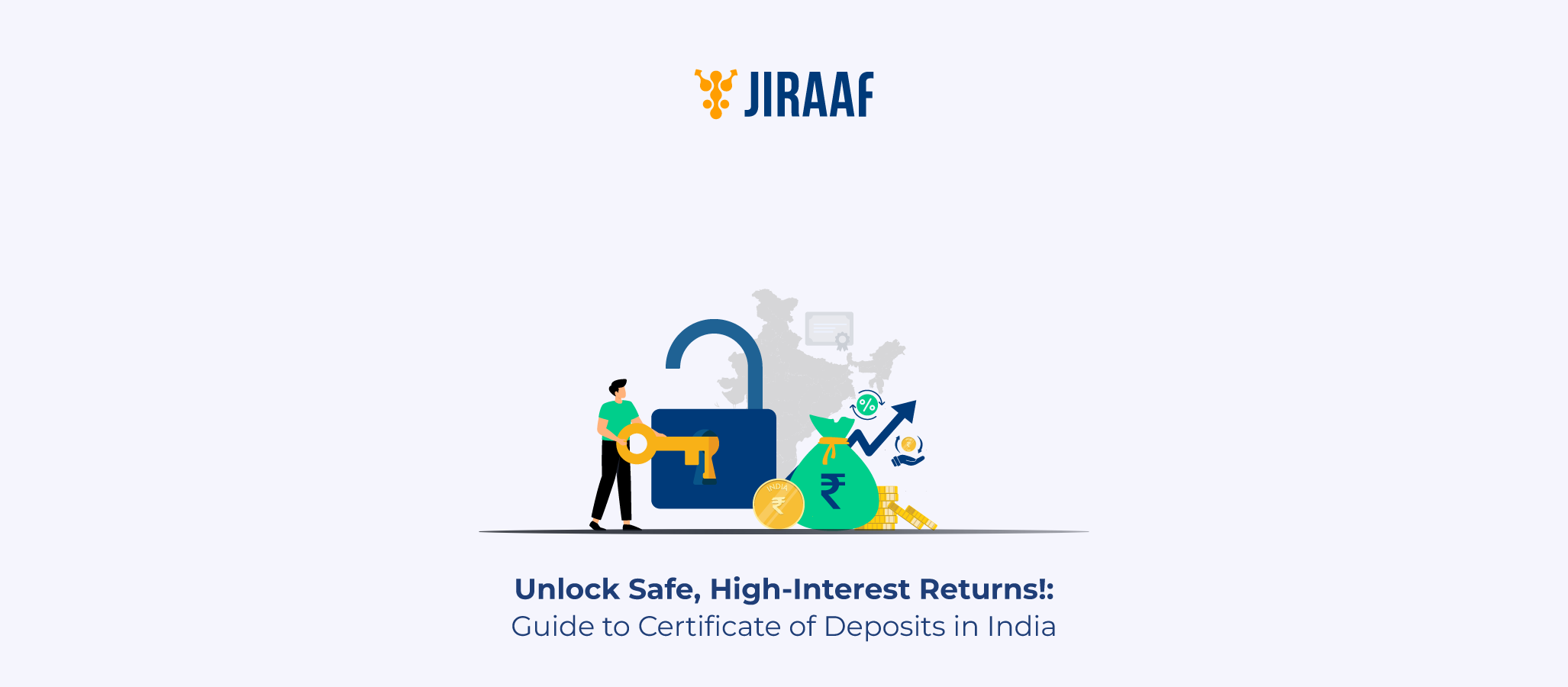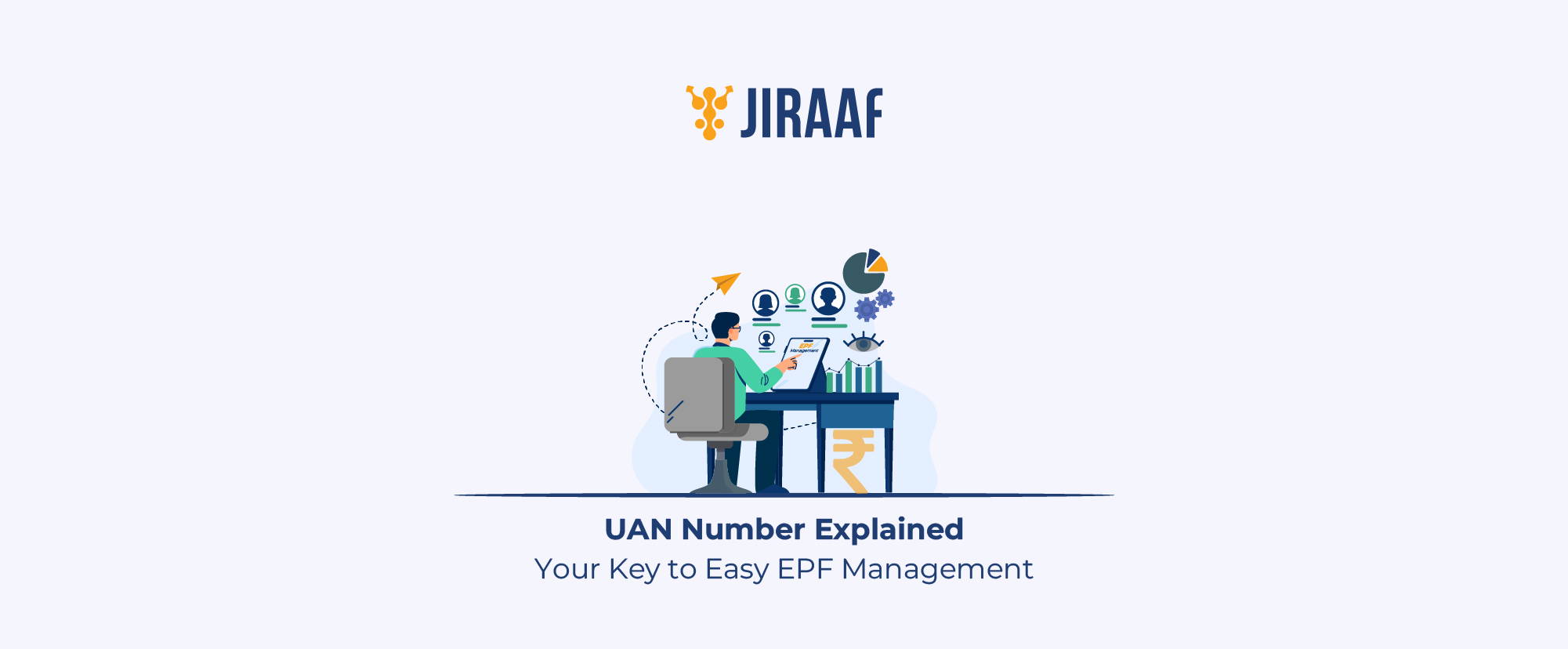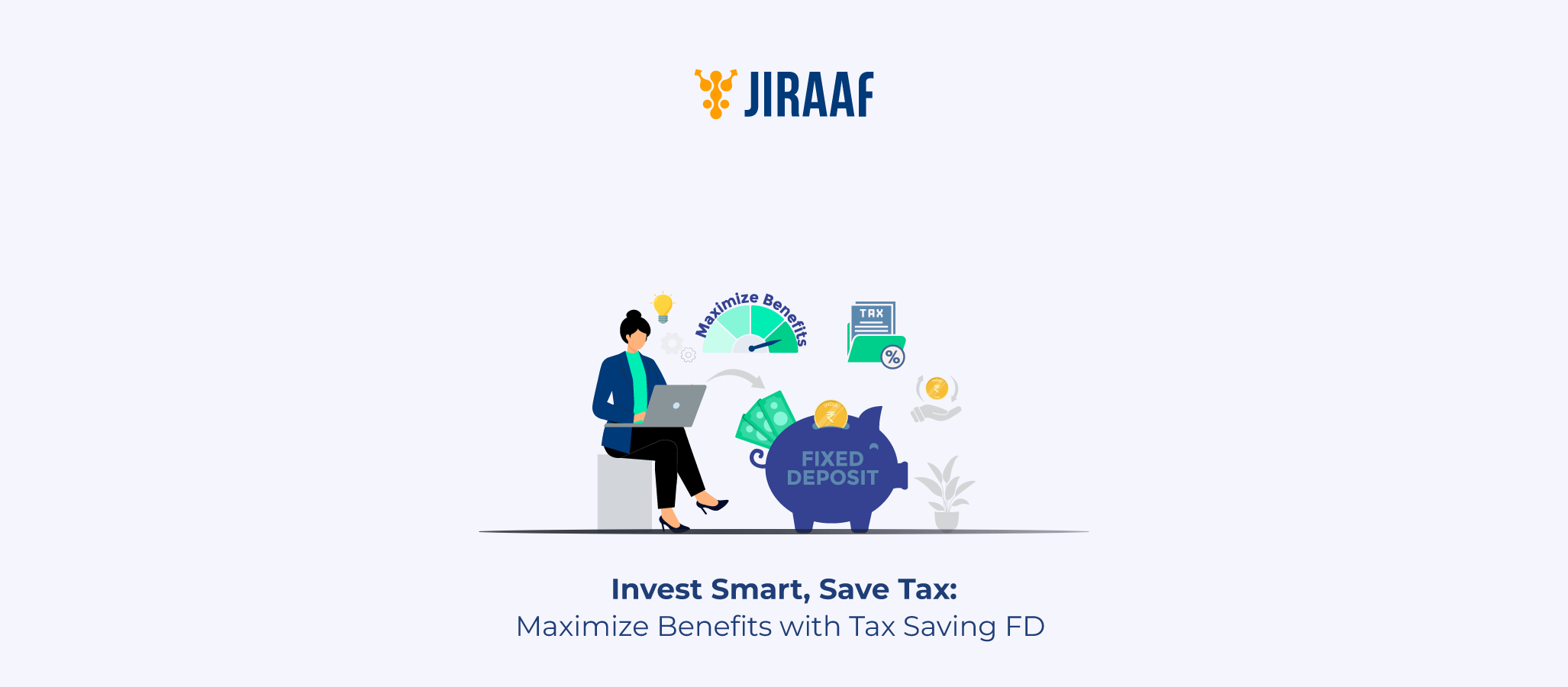In an era of volatile markets and uncertain investment returns, the Fixed Deposit (FD) Double Scheme has gained popularity as a safe and predictable option for conservative investors. True to its name, this scheme allows your principal amount to double over a specific tenure based on the power of compound interest. Whether you are a first-time investor, a senior citizen looking for assured returns, or someone seeking a low-risk avenue to grow savings, the FD Double Scheme offers a structured and disciplined path to wealth accumulation. In this comprehensive guide, we’ll explore how these schemes work, compare offerings from banks and post offices, and explain how to calculate returns—so you can make informed financial decisions tailored to your goals.
What is FD Double Scheme?
The FD Double Scheme, or Fixed Deposit Double Scheme, is a unique investment option offered by banks and post offices in India. As the name suggests, this scheme aims to double the investor’s principal amount over a predefined tenure, based on the power of compounding interest.
These schemes are primarily designed for conservative investors seeking guaranteed returns. Unlike regular FDs, where interest is paid out monthly or quarterly, FD Double Schemes reinvest the interest earned, resulting in the doubling of the initial deposit over time.
How Does the FD Double Scheme Work?
The FD Double Scheme works on the principle of compound interest, where the interest earned over time is added to the principal and reinvested. The total amount grows exponentially and eventually doubles within a specified timeframe, usually ranging from 6 to 10 years.
Here’s how it typically works:
- An individual deposits a lump sum amount in an FD account under this scheme.
- The interest is compounded quarterly or annually, depending on the bank’s policy.
- The scheme is structured so that by the end of the tenure, the total maturity value is double the original investment.
For example, if you invest Rs. 1 lakh and the scheme promises to double it in 8 years, you will receive Rs. 2 lakhs on maturity.
Best FD Double Schemes Offered by Banks
Several banks offer FD Double Schemes with competitive interest rates and secure returns. Some of the top banks providing these include:
1. State Bank of India (SBI):
- Tenure: Approx. 113 months (about 9 and a half years)
- Interest Rate: Around 6.5% to 7% annually (subject to change)
- Minimum Investment: Rs. 1,000
2. HDFC Bank:
- Tenure: Close to 8 years (based on rate)
- Offers higher rates for senior citizens
- Online and offline application options available
3. ICICI Bank:
- Tenure varies by current interest rate
- Flexible premature withdrawal rules
- Integrated calculator on the website
4. Bank of Baroda, Axis Bank, and Canara Bank also provide similar schemes with comparable tenures and interest rates. The interest rate may slightly vary based on market conditions, customer category (senior citizen or regular), and tenure.
Post Office FD Double Scheme Explained
The India Post also offers a fixed deposit scheme under the name “Time Deposit Scheme” which operates on a similar principle but doesn’t explicitly use the term “FD Double Scheme.”
Key Features:
- Offered under the Post Office Time Deposit Account (POTD)
- Typically, a 10-year tenure is required to double the principal amount
- Interest compounded quarterly and paid annually
- Backed by the Government of India, ensuring safety and zero credit risk
Interest Rates (as of 2025):
- 1 Year: 6.9%
- 2 Year: 7.0%
- 3 Year: 7.1%
- 5 Year: 7.5% (compounded quarterly)
With an interest rate of 7.5%, the amount is likely to double in approximately 9.6 years.
How to Calculate Returns – FD Double Scheme Calculator
FD Double Scheme calculators help investors estimate maturity amounts, duration, and effective interest rates.
How to Use an FD Double Scheme Calculator:
- Enter the principal investment amount
- Choose the interest rate
- Select the compounding frequency (quarterly, annually, etc.)
- Input the desired tenure or maturity value
The calculator uses the formula: A = P (1 + r/n) ^(nt) Where:
- A = maturity amount
- P = principal
- r = annual interest rate
- n = number of times interest applied per year
- t = time in years
Many banks like SBI, ICICI, and financial websites offer free calculators to estimate the time or investment required to double your money.
FD Double Scheme vs Regular FD – What’s the Difference?
1. Interest Payout:
- Regular FD: Interest paid monthly, quarterly, or annually
- FD Double Scheme: Interest reinvested till maturity
2. Maturity Amount:
- Regular FD: Fixed interest payout, maturity includes principal
- FD Double Scheme: Principal doubles over time due to compounding
3. Purpose:
- Regular FD: For periodic income
- FD Double Scheme: For wealth creation via compounding
4. Tenure:
- Regular FD: Flexible, ranging from 7 days to 10 years
- FD Double Scheme: Typically fixed to achieve doubling goal (6 to 10 years)
5. Accessibility:
- Both are widely available through banks, NBFCs, and post offices
Pros and Cons of Investing in FD Double Schemes
Pros:
- Guaranteed returns with negligible risk
- Useful for long-term capital goals
- No active market tracking required
- Great option for senior citizens due to additional rate benefits
Cons:
- Limited liquidity; premature withdrawals may incur penalties
- Lower returns compared to equities or mutual funds
- Not inflation-proof; real return may be affected
Suitability: FD Double Schemes are ideal for risk-averse investors, retirees, and those looking to lock funds for a specific future goal (e.g., child education, marriage).
Conclusion
The FD Double Scheme is a solid investment choice for individuals seeking guaranteed returns with minimal risk. While it lacks the higher earning potential of market-linked products, it offers peace of mind, capital safety, and a clear financial goal. Whether you choose a bank or post office version, this scheme can effectively double your money in 7 to 10 years, making it ideal for long-term planners, conservative savers, and retirees. Always compare rates and read the fine print before investing to ensure it aligns with your financial objectives.
Discover fixed income investments with Jiraaf, a SEBI registered online bonds platform that educates and brings access to a wide array of bonds. Sign up today to explore diversified fixed income investment opportunities to support your goal-based wealth creation journey. Start investing!









